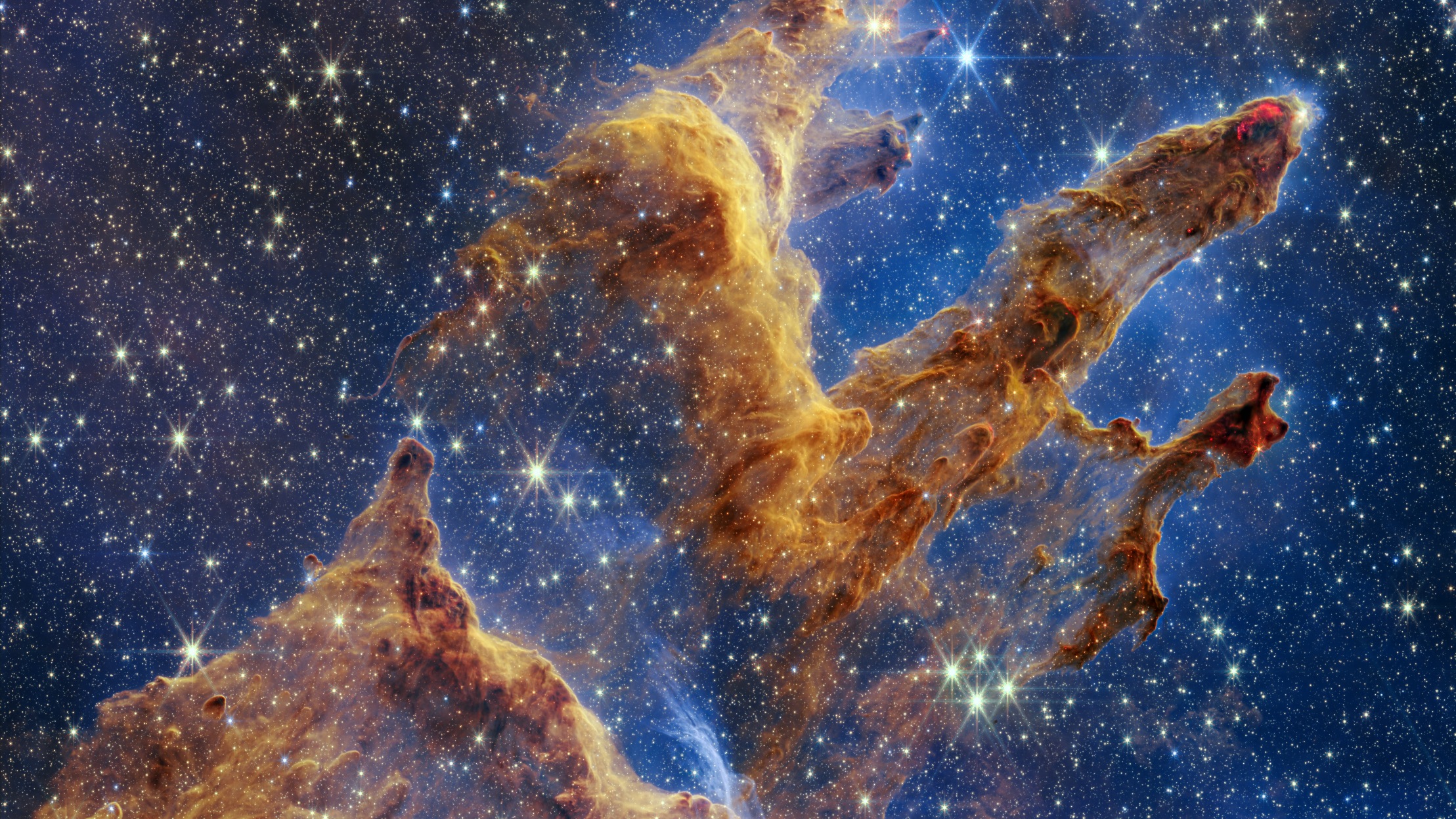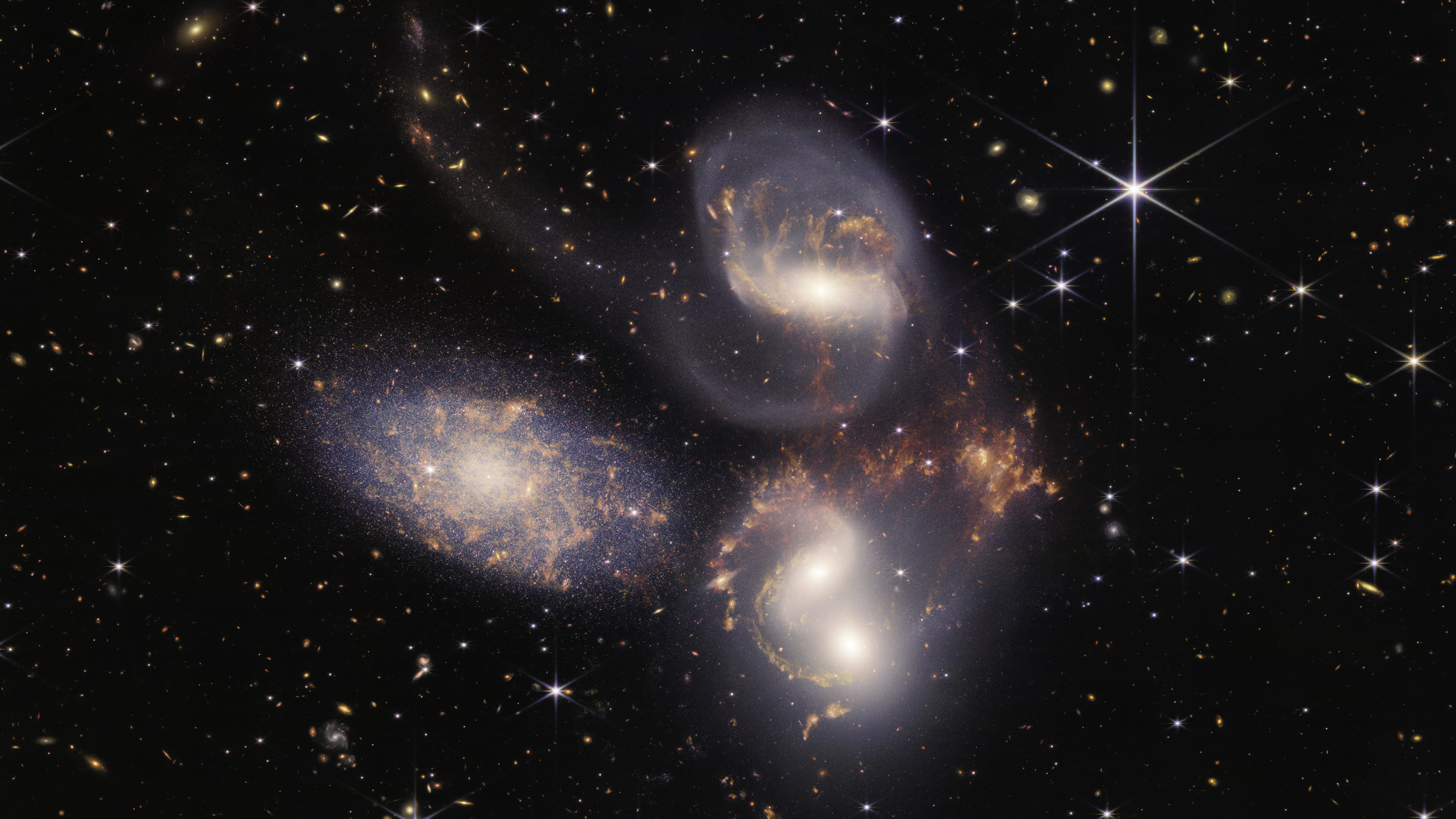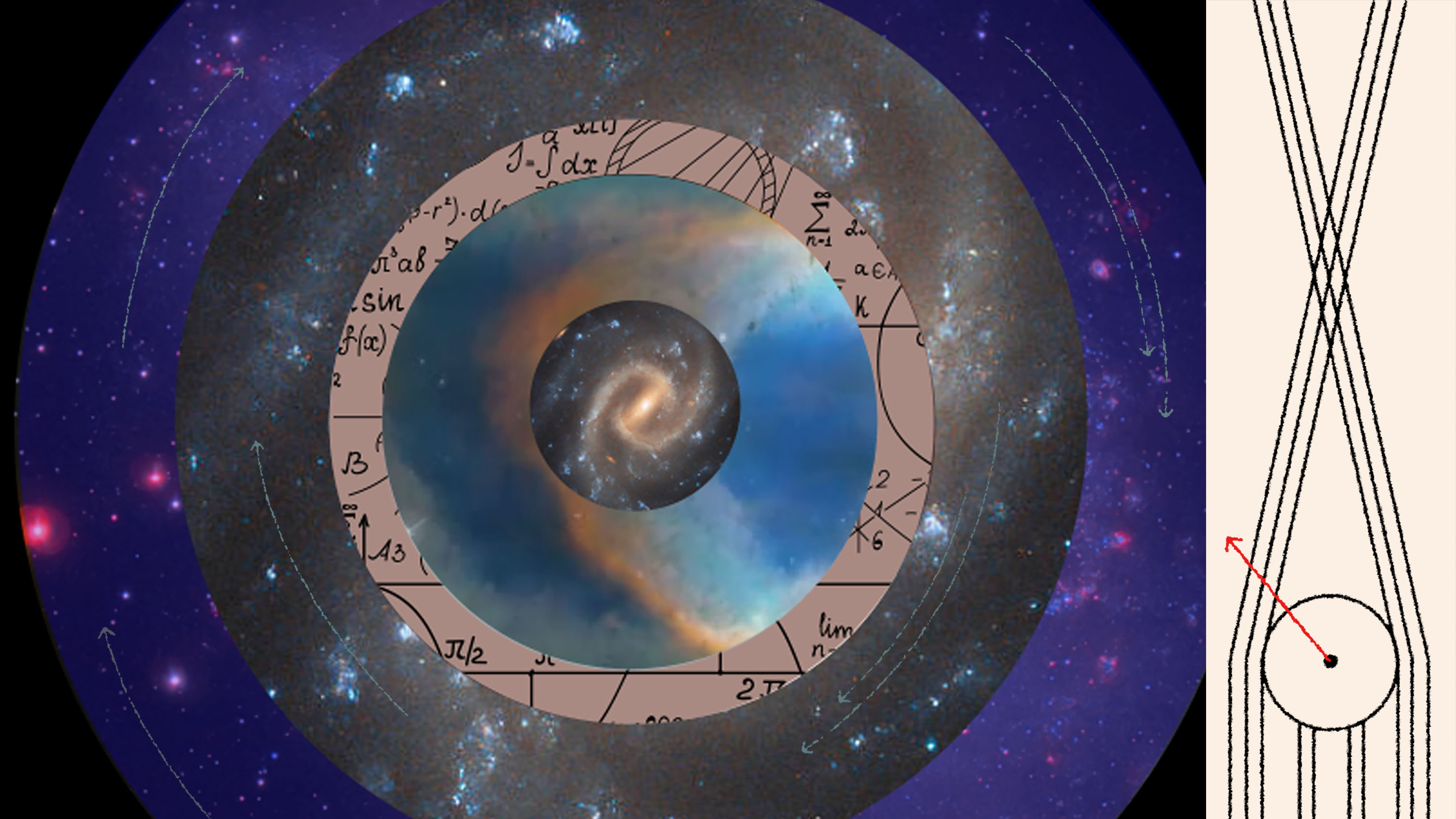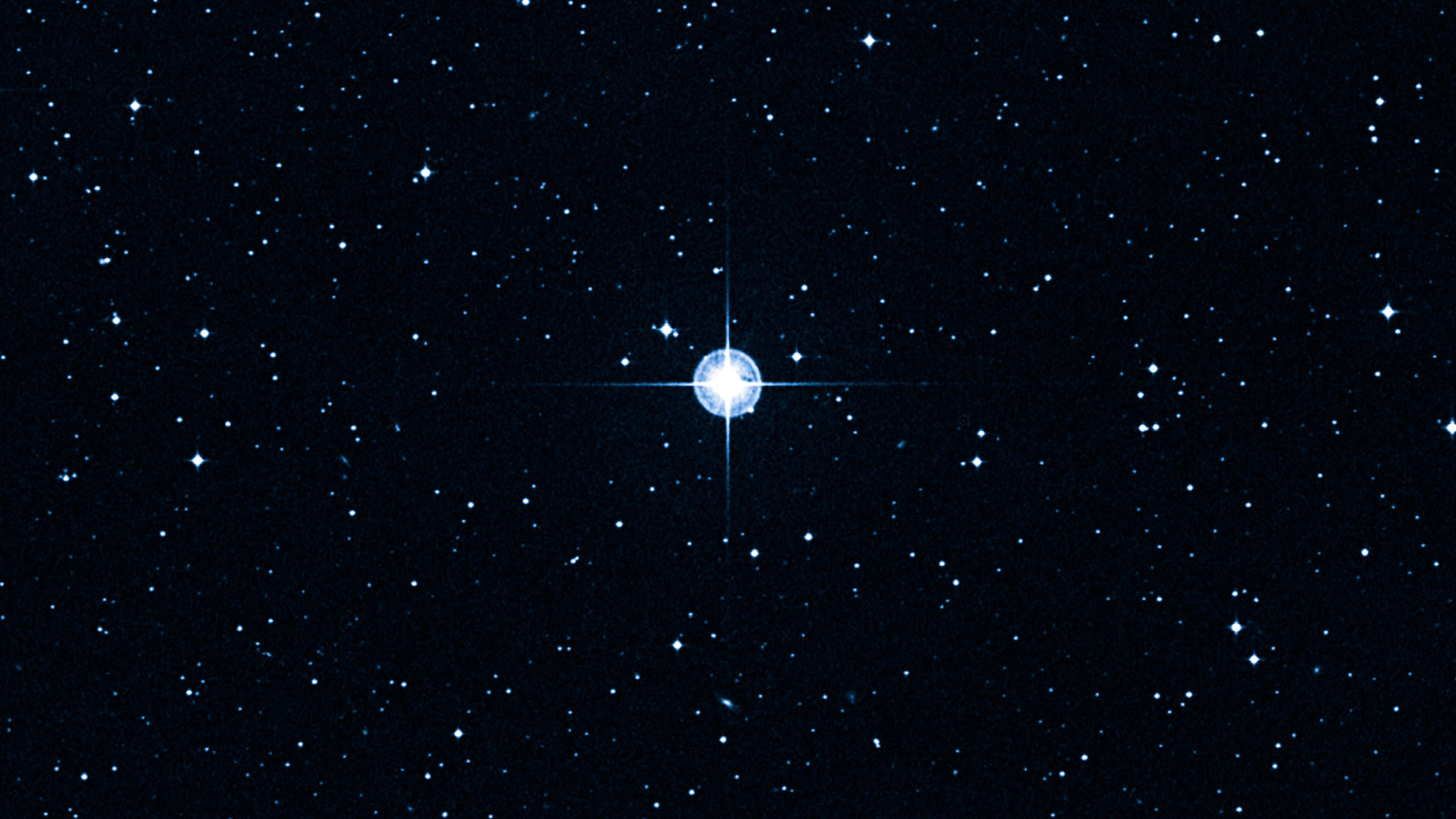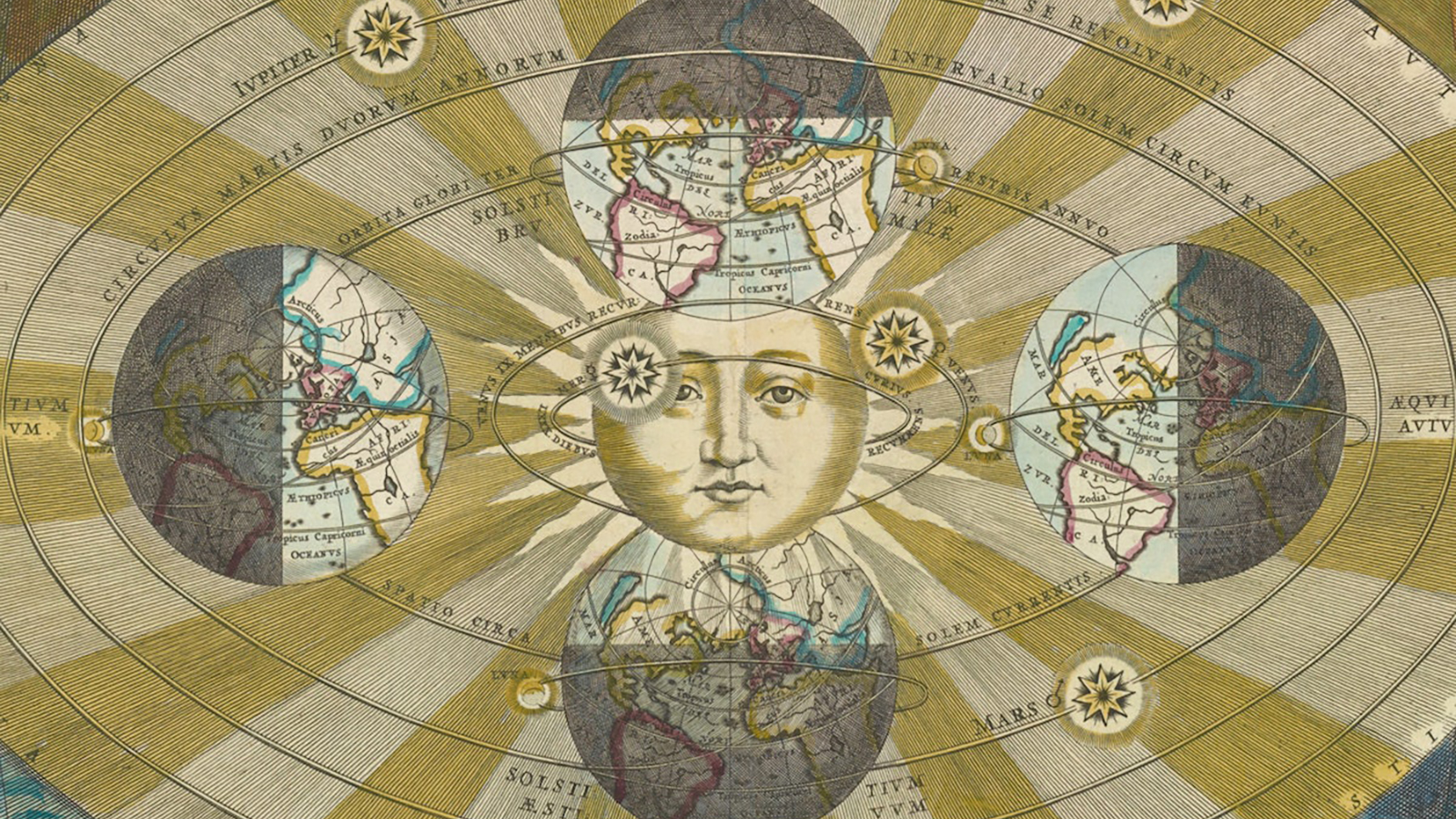How smoking-gun evidence for the Big Bang was found
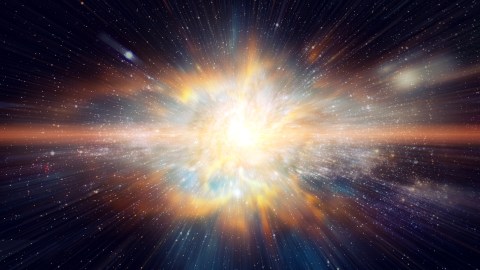
- How did an outrageous idea — that the Universe began at some point in the distant past — earn acceptance from the scientific community?
- There is intrigue and widespread confusion surrounding the strange story of the discovery of cosmic microwave background radiation, the fossil rays from the Universe’s infancy.
- We must give credit where credit is due, especially to Ralph Alpher.
In the late 1940s, physicist George Gamow, his graduate student Ralph Alpher, and collaborator Robert Herman came up with a wildly speculative theory describing the early stages of cosmic history. This was the Big Bang theory, and it is famous now as the cornerstone of modern cosmology. There is, however, substantial confusion about who proposed which ideas in the many papers published, together or separately, by the trio.
In particular, the prediction of the existence of fossil rays is often attributed to Gamow. Fossil rays are relics of the period when the first hydrogen atoms formed, and they provide smoking-gun evidence to support the Big Bang theory. Their existence was in fact proposed in a paper by Alpher and Herman, against Gamow’s initial opposition. Alpher’s son, Victor Alpher, has published a fascinating account of the story, which is also covered in Alpher and Herman’s book, Genesis of the Big Bang.
Cosmic background information
In 1946, George Gamow published “Expanding Universe and the Origin of Elements.” In this paper, he critiqued how people had computed the abundances of all chemical elements existing, from hydrogen to uranium, which were supposedly synthesized early in the Universe. Gamow was hampered somewhat by the incorrect measurements of several variables that prevailed at the time. For example, the neutron half-life was thought to be one hour, when it is actually 10.3 minutes. Gamow also used the wrong nuclear physics, turning to something called neutron capture, which assumed the Universe was filled with neutrons.
Despite these shortcomings, Gamow succeeded in suggesting that more work had to be done on this topic. Although Alpher was Gamow’s PhD student, he and Herman published a paper in Nature that pointed out several errors in Gamow’s work. In their acknowledgements, the writers thanked Gamow for pushing them to find the errors in his original paper. That’s quite a rare request in physics, so kudos to Gamow. (Physicist Michael Turner has written a very readable account of how the wrong theory of the early Universe became a triumph of modern physics.)
In this very short work, Alpher and Herman suggest that after the formation of the nuclei of chemical elements, radiation in the form of photons should simply cool off with cosmic expansion. It would now have an overall temperature of 5 Kelvin — that is, 5° above absolute zero. This is what we now call cosmic microwave background radiation (CMBR), and it is the fossil rays resulting from the Big Bang.
Of course, we no longer attribute CMBR to the epoch when nuclei were forged. It came about much later, in the time ranging from seconds to hundreds of thousands of years after the Big Bang when hydrogen atoms were forming. Still, the hint that this radiation should fill space is there, and Alpher and Herman, as well as Gamow, address the topic in a number of papers up until 1956, with the authors positing temperatures that vary from 6 to 50 Kelvin. According to Alpher, Gamow was initially against the existence of CMBR. But he accepted it quickly and worked to compute its properties.
Alpher summarized his thesis in a 1948 paper co-authored by Gamow and the famous nuclear physicist Hans Bethe. The αβγ (alpha-beta-gamma) paper showed how the formation of chemical elements had to be balanced with the cosmic expansion rate. Fast expansion makes it hard for heavier nuclei to form, since protons and neutrons are receding from one another.
Their results, still not quite right but another improvement, held that heavier elements decayed rapidly due to their atomic weight (the number of protons plus neutrons in the nucleus). These were therefore dominated by elements with lighter nuclei, such as helium, with only two protons and two neutrons in its nucleus, and to a lesser extent deuterium, an isotope of hydrogen. They assumed, wrongly, that the initial state of the Universe was a sort of cosmic soup made mostly of neutrons, which then decayed into protons. We know now that in fact, at around one second after the Big Bang, that soup comprised protons, neutrons, photons, electrons, neutrinos, and some other stuff.
An annoyance leads to a Nobel Prize
Alpher’s efforts to spur a search for CMBR did not go very well. Only in 1964 did a Princeton University group led by Robert Dicke decide to build a radio antenna to search for the photons.
Meanwhile, not too far from Princeton, Robert Wilson and Arno Penzias from Bell Telephone Laboratories were using a 20-foot radio antenna to study the radiation emitted from a supernova remnant located about 10,000 light-years from Earth. The signal was very faint, and their measurements required pinpoint accuracy. To their annoyance, a sort of background hiss was compromising their measurements. They checked and rechecked their equipment, but they could not track down the origin of the hiss. A couple of pigeons that had nested inside the antenna were even removed, together with the remains of their bodily functions, referred to as a dielectric substance. Yet the hissing persisted, and as Penzias and Wilson soon discovered, it was insensitive to where they pointed the antenna. It came from all directions in the sky.
Penzias and Wilson did what scientists do when they are in trouble: They talked to colleagues to see if anyone had any idea why this was happening. Eventually, the trail led them to nearby Princeton, where Dicke and his group were still working on their antenna. Jim Peebles, a young theorist working with Dicke, had independently rediscovered the arguments for a background radiation of photons, the remnants of the Big Bang.
Everything came together now. Penzias and Wilson had discovered the fossil rays left over from decoupling — a snapshot of the Universe when it was a mere 380,000 years of age. For over 13 billion years, these photons have been traveling through space, living proof of the hot beginnings of the Universe, the great triumph of the Big Bang model.
Papers by Penzias and Wilson and by the Princeton group appeared side by side in an issue of the Astrophysical Journal in 1965. For their discovery, Penzias and Wilson won the Nobel prize in 1979. Gamow, who died in 1968, must have smiled when he finally saw his work vindicated. (Actually, as it was Gamow, he probably jumped up and down or went for a wild motorcycle ride.)
No mention was made of Alpher and Herman’s pioneering work. Still, it was now clear that the Universe was indeed a very hot furnace that cooked the lightest chemical elements and left a background of photons that permeated space. Many physicists expressed regret for not taking the ideas of Lemaître, Gamow, Alpher, and Herman seriously long before the mid-1960s. But then, some ideas have to be hammered into existence before they can be widely accepted.
